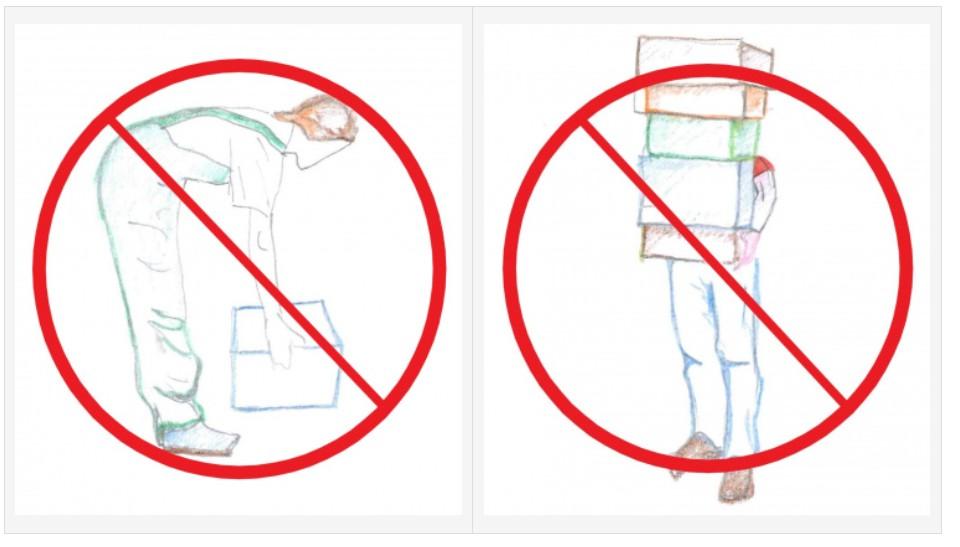
The Manual Handling of Loads (MMC), refers to operations of transporting or supporting a load by one or more workers, including actions such as lifting, setting down, pushing, pulling, carrying, or moving a load, which, due to their characteristics or as a result of unfavorable ergonomic conditions, pose risks of overexertion injuries, particularly to the back-lumbar region.
Incorrect manual handling of loads can cause musculoskeletal disorders among workers, especially injuries to the thoracolumbar spine, acute and chronic arthritis, lumbar disc disease, herniated disc, and others.
Legislative Decree 81/08 addresses Manual Handling of Loads in Title VI (Articles 167, 168, and 169) and in Annex XXXIII.
Article 167 of Legislative Decree 81/08 defines the scope of application and clarifies in particular what is meant by manual handling of loads. Article 168 identifies the specific obligations of the Employer to reduce risk in tasks involving potentially risky manual handling (i.e., with the presence of one or more risk elements listed in Annex XXXIII). Article 169 provides the obligation of informing, training, and instructing workers on the correct execution of manual handling operations required by their job tasks.
What to do when performing MMC activities to prevent the onset of musculoskeletal disorders?
1- The load must have the following characteristics:
- not to be too heavy (technical standards specify a maximum manageable weight in optimal conditions of up to 25 kg for men and 15 kg for women)
- not to be too bulky so as to allow freedom of movement and enable viewing the trajectory ahead
- be easy to grasp with both hands
- be in stable balance so that it does not move or fall
2- The physical effort required and the work activity:
- must not be excessive. Otherwise, it is better to move the load with two people or, as suggested by Article 168 "...adopt the necessary organizational measures and resort to appropriate means, in particular mechanical equipment"
- must not be too frequent and should not be prolonged for extended periods or over excessive distances
- must be broken up with breaks and periods of physiological recovery
3- The work environment must be:
- free of obstructions
- with non-slip flooring, without tripping hazards, and without level differences or thresholds to overcome
- properly illuminated
- characterized by adequate temperature, humidity, and ventilation
How to lift a load
- Be in a stable and well-balanced position with your back straight and relaxed, not bent forward or arched, and knees bent.
- Firmly grasp the load, preferably with both hands at all times.
- Lift the load gradually, avoiding jerky lifts.
- Keep the load close to your body to avoid excessive physical effort when moving it (the farther the load, the greater the physical effort required).
- Limit movements that require twisting the torso, for example when moving a weight from side to side, always take an intermediate step.
- If the load feels very heavy, ask for help from another person, or divide the weight, or use handling equipment (such as a cart).
- Even when placing the load down, the main rule is to bend your legs and keep your back straight.
Recommended PPE.
Safety shoes and protective gloves against mechanical risk and to be defined following the risk assessment of the specific activity.